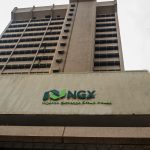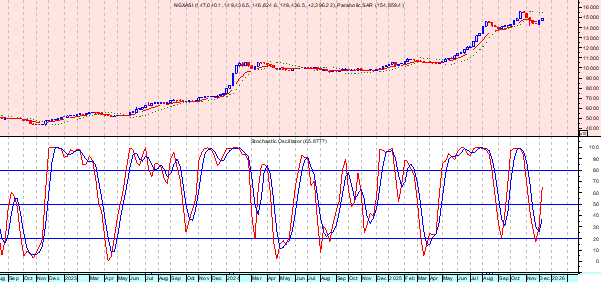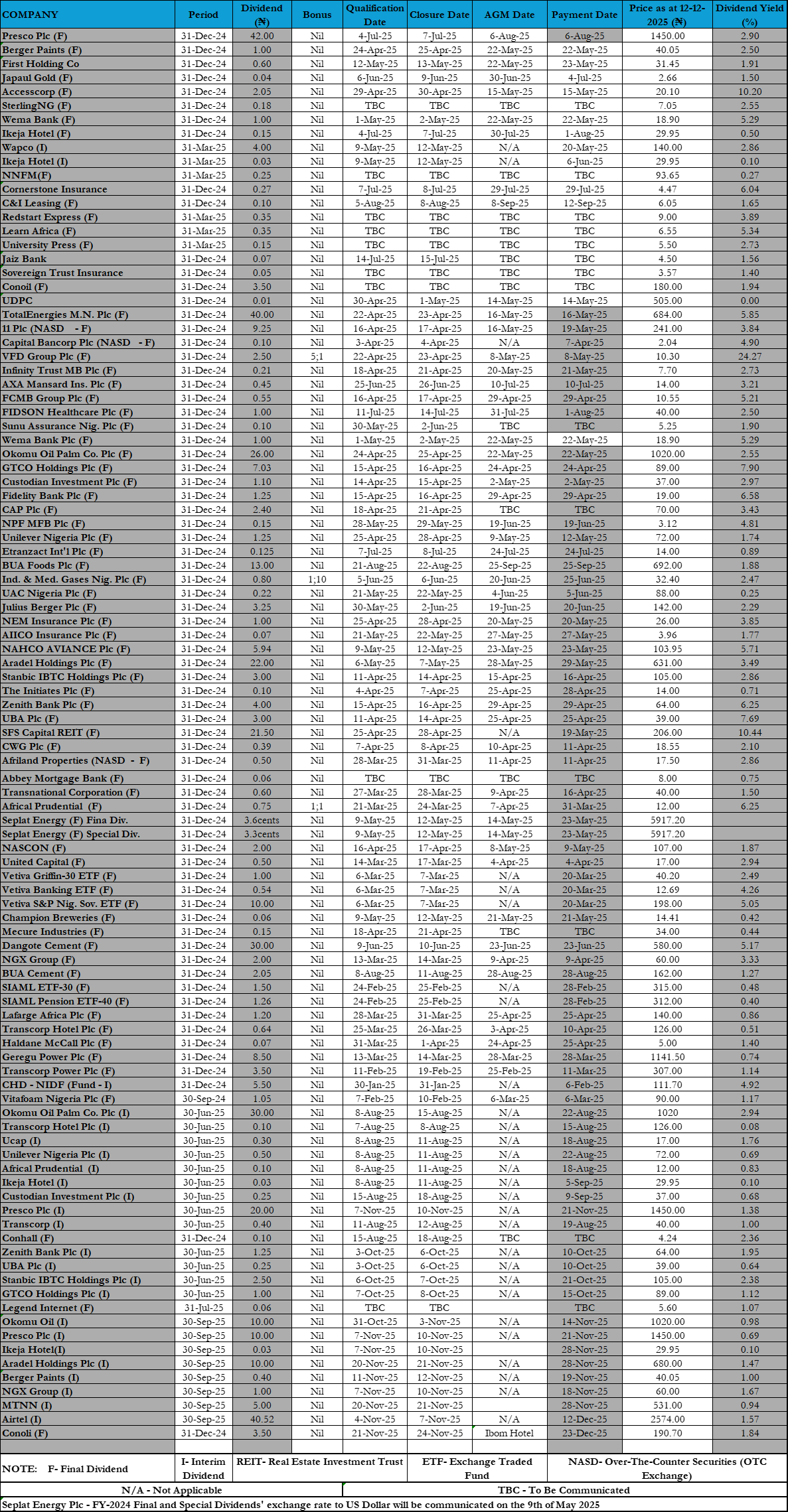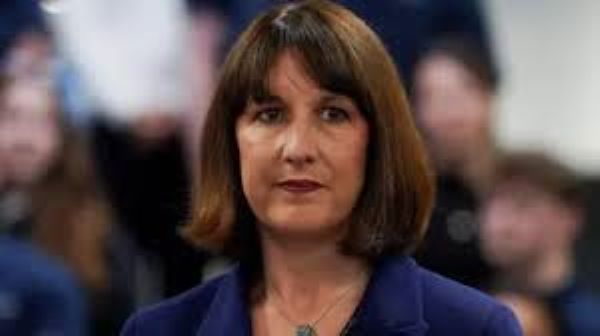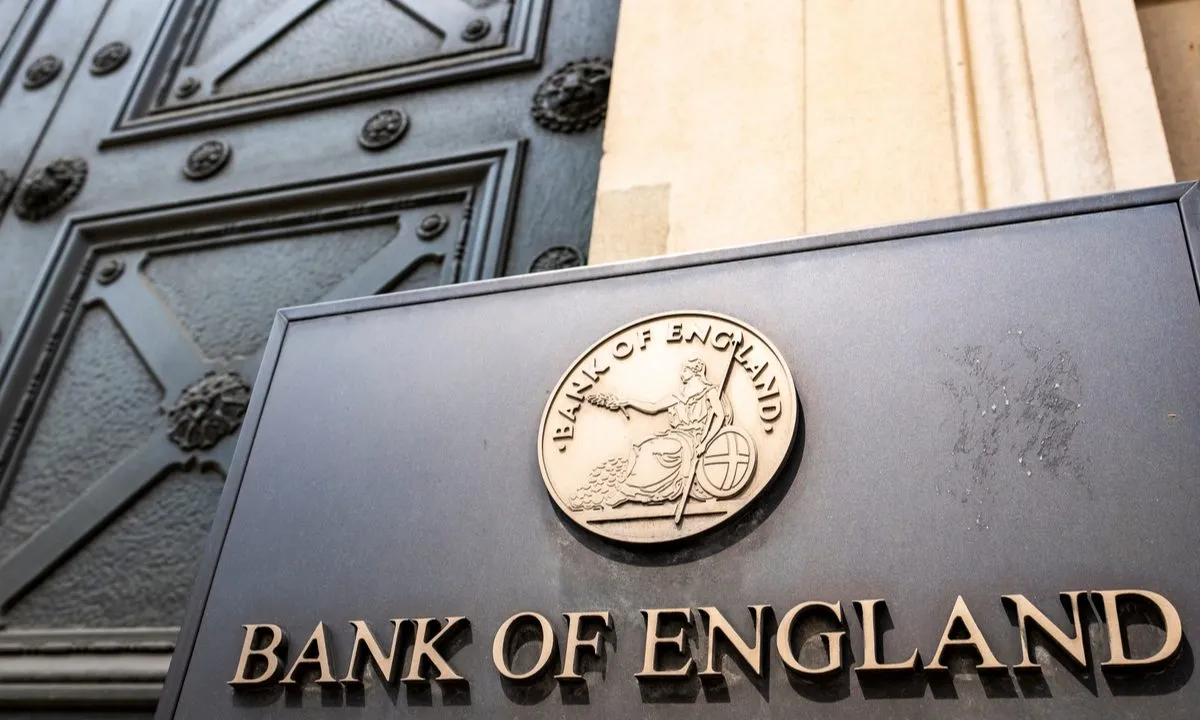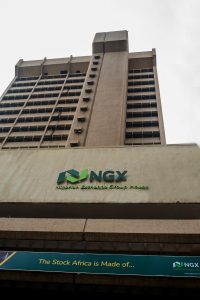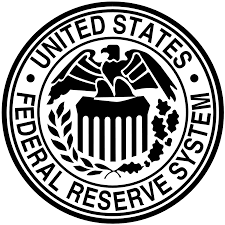
The Federal Reserve is set to cut interest rates by a quarter of a percentage point today, lowering the federal funds rate to a range between 3.75% and 4%. Markets see the move as a certainty. What’s uncertain is the message that follows.
Nigel Green, CEO of global financial advisory giant deVere Group, says today’s cut will likely be the last for some time.
“The cut itself is priced in. What matters is Chair Jerome Powell’s tone,” he says.
“We expect him to sound more dovish, with the Fed going to shift from acting to waiting. Indeed, there might not be another cut until spring or even summer 2026.”
The reason, he explains, lies in the shifting balance of risks. Inflation has eased, but growth has slowed sharply.
“Headline CPI is at 3% and core at 3.1% — acceptable levels by recent standards. The problem now is jobs.
“Hiring momentum has cooled and unemployment is creeping higher. The Fed wants to protect employment without fuelling another inflation cycle, and that means stepping back.”
The latest employment report showed just 22,000 new jobs in August and unemployment at 4.3%, the highest since 2021.
That, says Nigel Green, changes the entire framework for policy.
“Inflation has lost its power to shock markets. Employment now holds that role. Every hiring or wage figure from here will shape expectations.”
The deVere chief expects Powell to acknowledge that transition in his press conference. “He’ll likely underline that the economy is cooling as planned and that the Fed will now move more carefully.
“After today, the bar for another cut gets much higher. They’ve achieved their objective — policy is no longer restrictive, it’s neutral. The next move will come only if jobs weaken further or growth dips decisively.”
Nigel Green adds that markets may initially push back against that reality. “Investors have been conditioned to expect a continuous series of cuts. They’ll likely need to adjust.
“Equities, particularly in interest-sensitive sectors, could pause for breath. But a slower, steadier path supports longer-term market health; it gives the economy time to absorb the shift.”
Nigel Green believes the consequences will extend beyond US borders. “A more patient Fed means a stronger dollar for longer. That supports US assets in the short term but also sets up opportunities elsewhere.”
He says investors should focus less on the timing of each move and more on the direction of travel. “The easing phase has begun, but it will unfold slowly.”
For markets, the tone Powell adopts tonight will define sentiment into year-end. “If he stresses that the Fed is job data-driven, investors will hear that the pause could last months.”
Nigel Green concludes: “We expect that the Fed will want evidence, not instinct, before easing again.
“We think the next reduction might not come until the second quarter of 2026, possibly later. Investors should prepare for a pause that lasts longer than many have already priced-in.”


